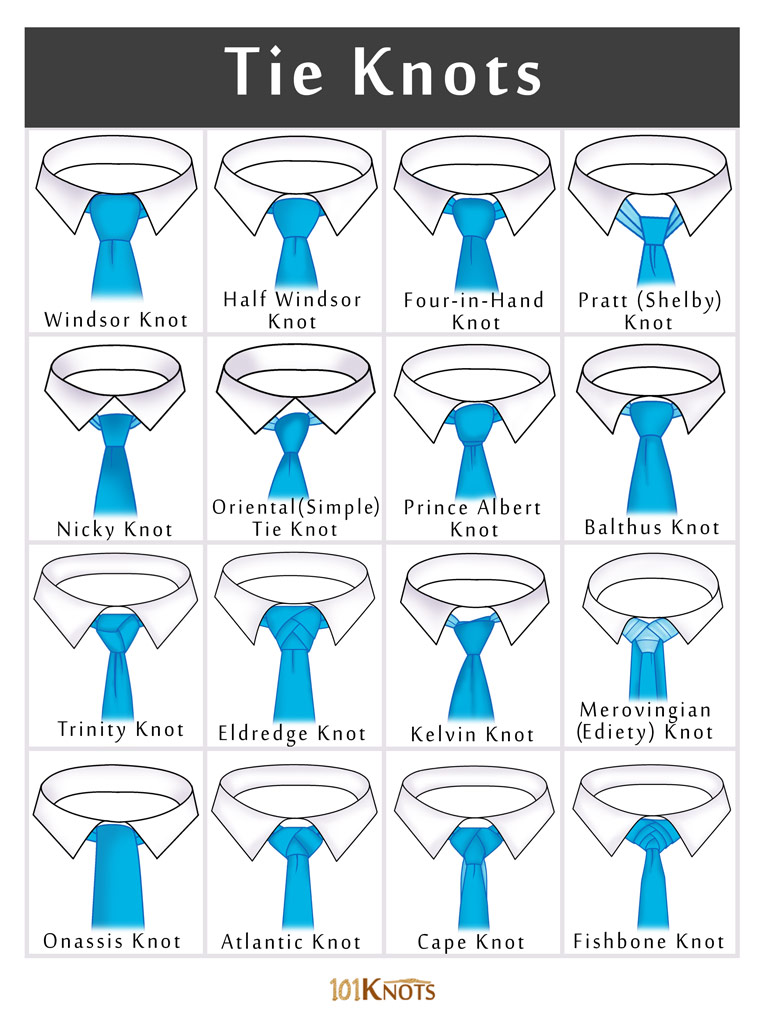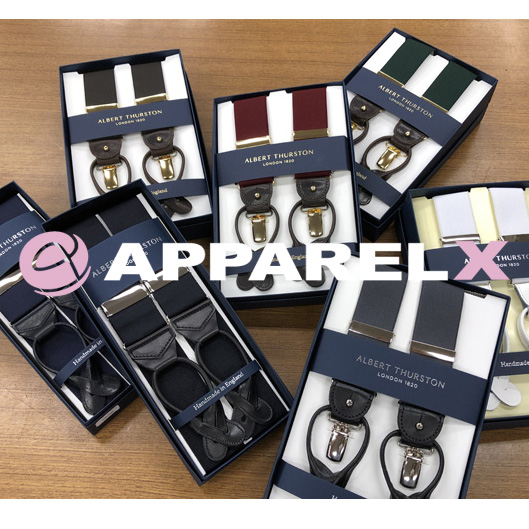This is Sugama of the TAILORS WORLD editorial department.In this blog, I would like to write about knots in neckties.
Birth of the Necktie
The origin of the necktie is said to be Croatian: during the Thirty Years’ War in the 17th century, Croatian mercenaries hired by France wore a traditional knotted neckerchief around their necks as part of their military uniform. This fastened the top of the jacket and was more practical than a stiff collar! At the end of the war, when King Louis XIV of France saw the Croatian soldiers’ neckerchiefs, he took notice of them and liked them very much. According to the Dubrovnik Times, the boy king began wearing it himself around 1846, when he was only 7 years old. The king named his early neckties “la cravat” after the Croatian who invented this fashion item, and even today the French word for necktie is “cravat. As Europe changed over time, so did “la cravatte”. Among the nobility, ascot ties to match frock coats and morning coats and bow ties to match jacket styles became the norm.
Over the years, gentlemen all over the world have come up with different ways of tying a tie to suit the attire of their times. The modern tie was patented in the 1920s by New York tie craftsman Jesse Langford, who cut the fabric diagonally and sewed it in three sections, a completely new way of making ties. This method is still used today and was named the “Langford tie,” and the initial design was a little shorter than today’s ties. As time went on, more and more gentlemen began to elaborate on the tie, and today there are more than 85 different ways to tie a tie. It would be very difficult for us to master all of them, and there is no need for us to do so.
Four basic knots
It is of utmost importance to choose an appropriate way to tie a tie depending on the type, material, and occasion (work, wedding, ceremony, etc.).
1 Windsor Knot
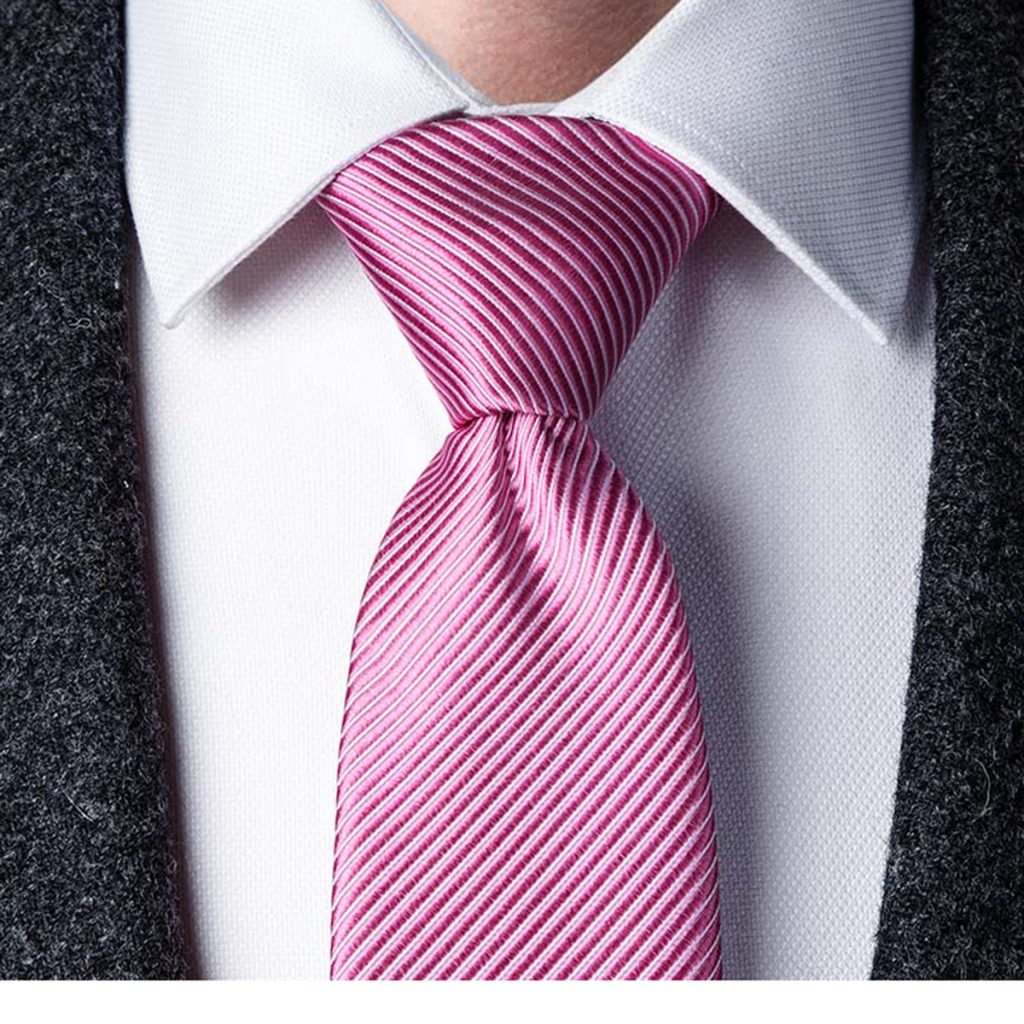
It is an English-style knot and derives its name from the Duke of Windsor. In fact, the Duke of Windsor himself did not use this knot, but a similar knot, the wide triangle knot.
This knot is also called the “double Windsor knot” or “Scappino knot,” which is said to derive from the family name of Domenico Scappino, founder of the company of the same name, who invented this knot in 1930.
The Windsor knot is a symmetrical triangular knot that looks great on French collar shirts and shirts with wide open sides. It is best suited for silk ties in elegant fabrics that are not too thick, and is the ideal knot to use in formal occasions. Because of the large number of knots, it takes up most of the tie’s length and can be too short, so it is best to choose a longer tie or wear a waistcoat
2 half Windsor knot.

he half Windsor knot is similar to the Windsor knot, but is easier to make because it is less thick and requires fewer steps to tie. It is an everyday knot, an elegant triangle, and is best worn with a shirt with a wide collar. Contrary to the Windsor knot, it is usually asymmetrical, and is ideally paired with a thin, slightly slippery textured tie.
3 simple knot (oriental knot)
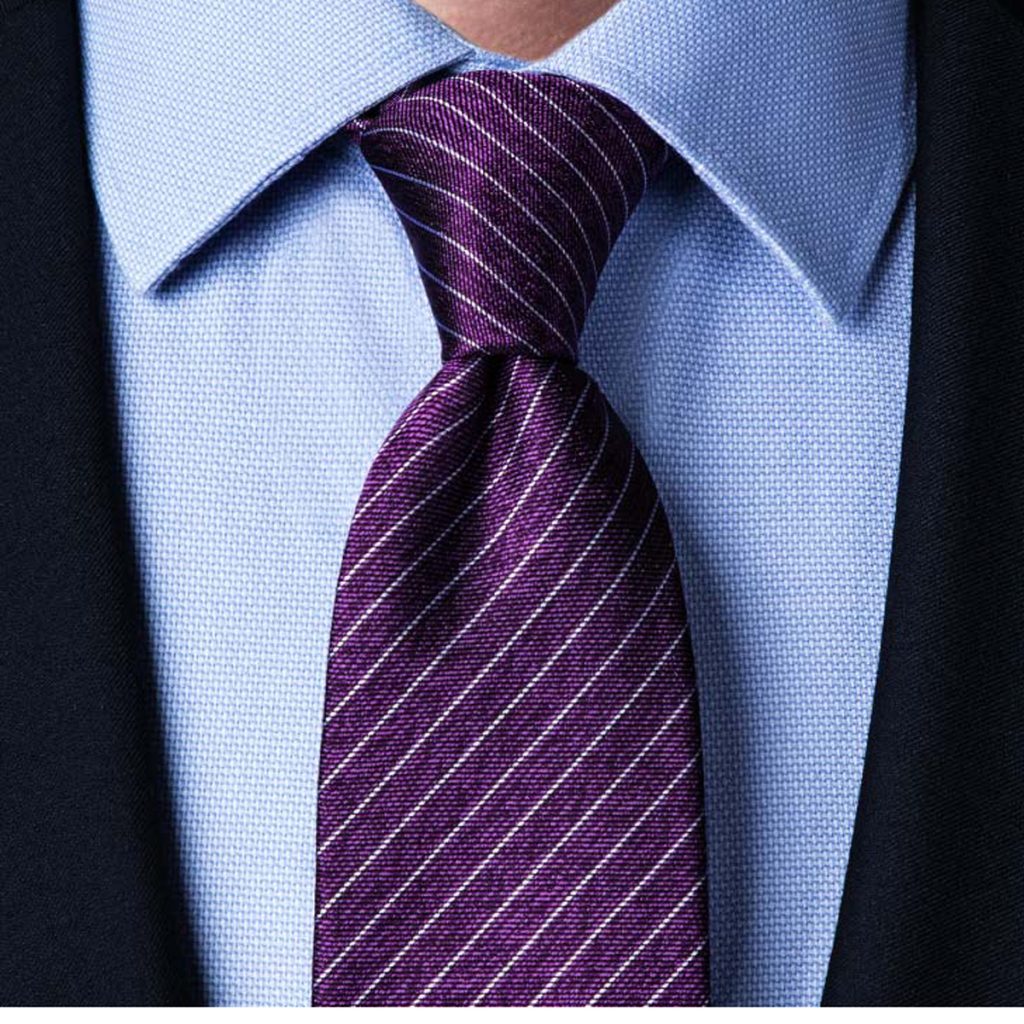
The simple knot is the most classic of all tie knots, is very easy to make, and is therefore the most commonly used. It is suitable for almost all ties and all shirt collars and is best suited for men of medium to tall stature. It is generally tapered and elongated, giving it a somewhat symmetrical appearance.
The knot is suitable for both casual and business wear and can be combined with collar ornaments and ties of various materials. It is very easy to tie and ideal for beginners.
4 small knot
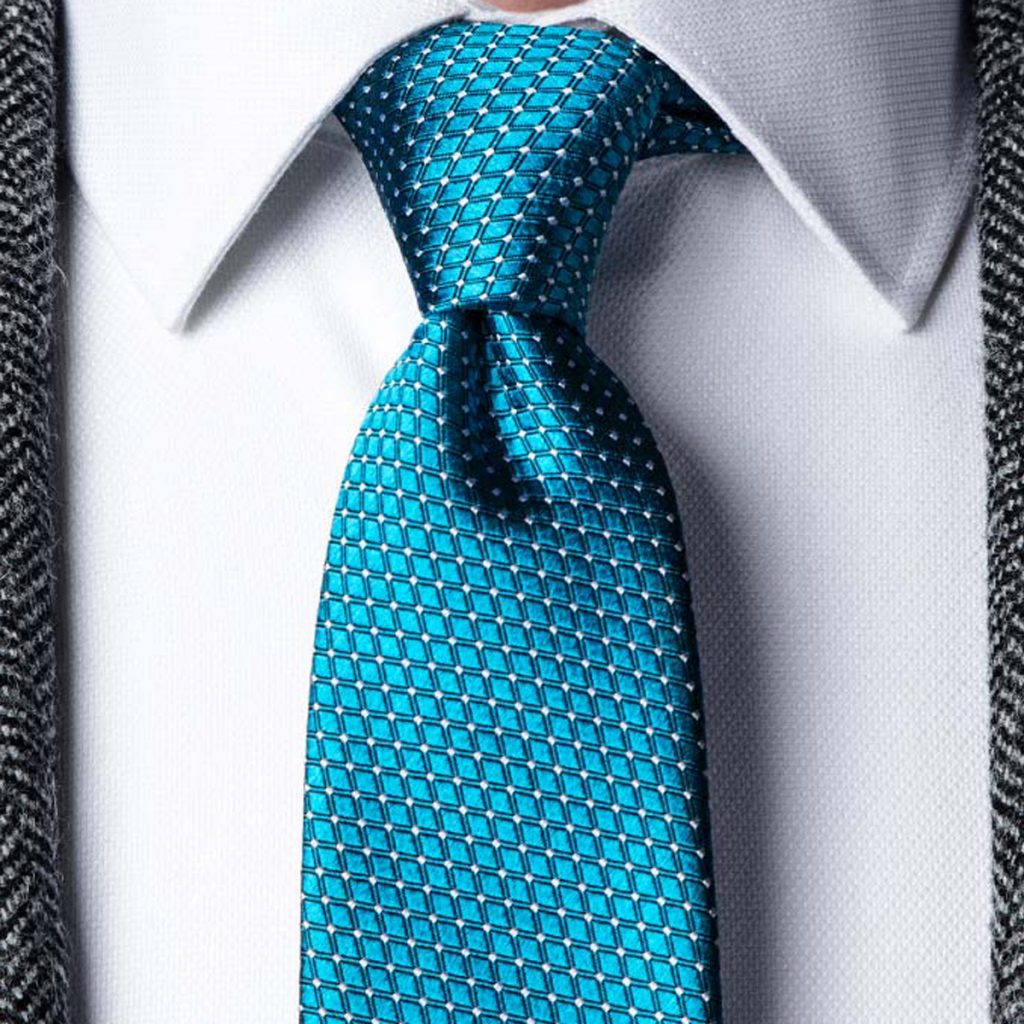
It is a classic knot for everyday use and is very easy to make. The small knot is especially suitable for men who are taller, have a longer torso and a slightly longer neck. It is best suited for ties with tight collars and ties made of thicker fabrics. For this reason, we recommend using silk ties weighing at least 70 grams. This knot can be used in a variety of situations, is suitable for shirts with tight collars, and blends well with thicker and thicker fabrics.
Once you have mastered the four knots mentioned above, you will be able to use them in almost any situation.
Lastly, we would like to introduce a slightly different and difficult knot.
Eldredge Knot
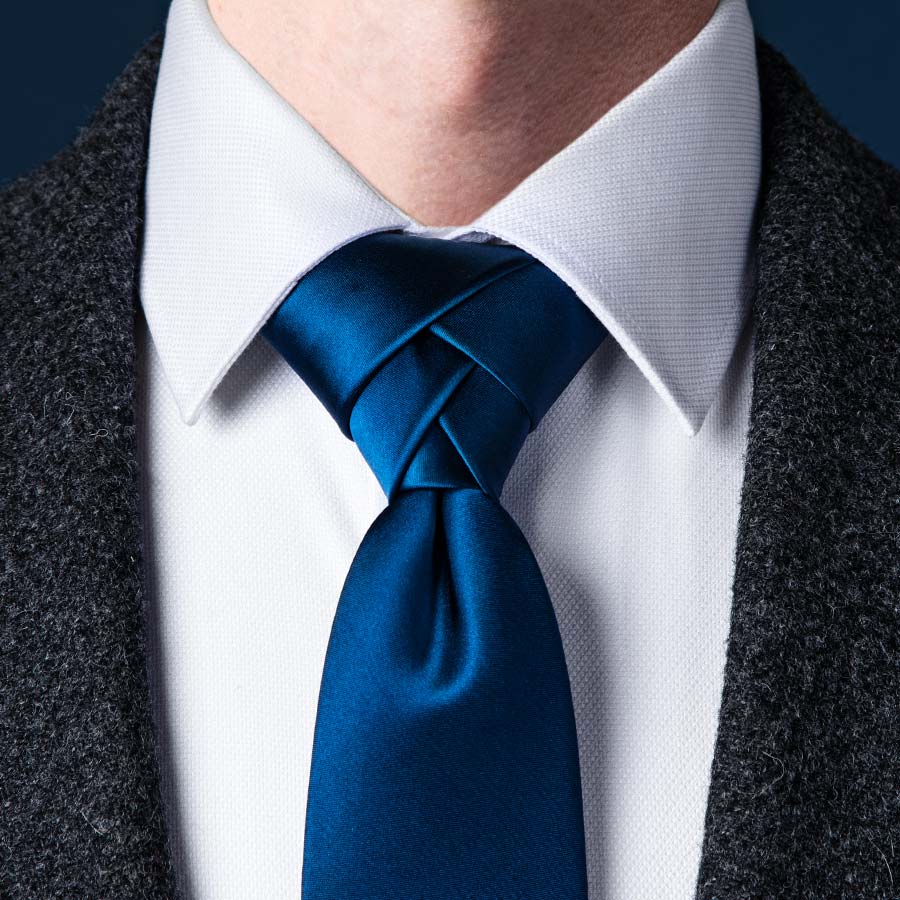
he Eldredge knot is the most complex of the tie knots introduced so far, an unorthodox, complex, and fascinating knot involving many separate passages. In contrast to numerous other knots, it is a newly invented knot with a small section (called the tail) produced as the active end.
The Eldorado knot is quite large and creates a tapered blade-like effect. It is a knot suitable for the unique person as it is very eye-catching. The enchanting effect of this knot is enhanced with plain or delicately patterned ties. Striped patterns are best avoided, as they can throw off the balance and give the impression of complexity.
In addition, if you are a corporation and would like to request an OEM/ODM for formal accessories, a separate estimate for a large order, or a sales representative to contact you, please feel free to contact us from here.↓↓↓
B to B apparel materials as we mentioned above. ↓↓↓
I have been specializing in men’s formal wear for 30 years. You can trust us with all your men’s formal wear needs.


